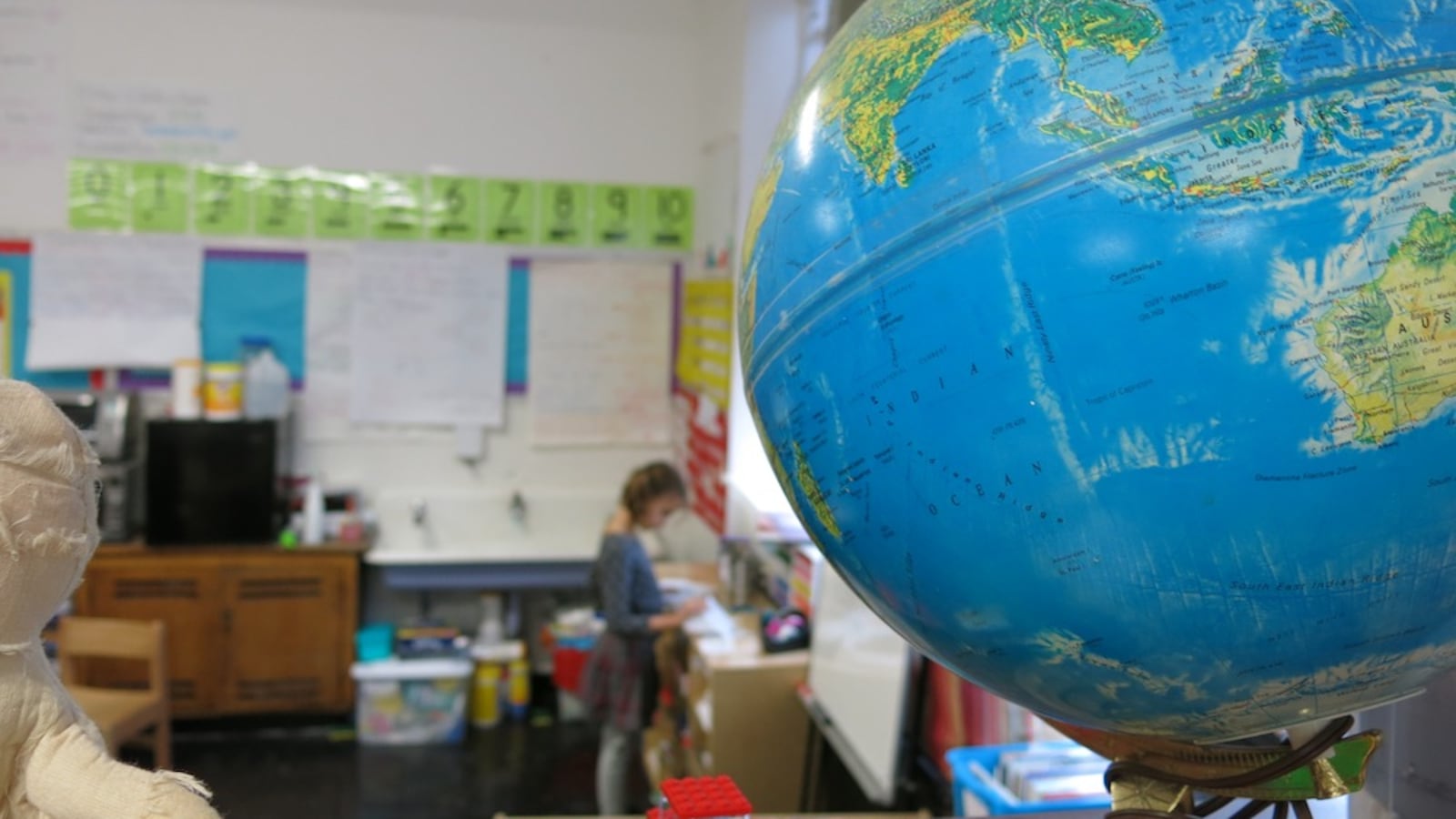The share of children qualifying for seats in the city’s gifted programs fell slightly for a second year following a change meant to both reduce the influence on test preparation in gifted admissions and improve the diversity of admitted students.
But most of the eligible children continued to come from affluent school districts compared to the city’s poorest districts, according to data that the Department of Education released on Monday.
City officials informed the families of 9,099 children that they are eligible to apply to one of the city’s district or citywide gifted and talented programs. That’s just under 25 percent of all students who took screening exams this winter seeking entry into the advanced classes, which admits students in kindergarten through third grade.
The passing rate is down from 32 percent two years ago, when the city added a new non-verbal test and decreased the weight of a verbal test that had previously counted for a majority of a student’s score. Last year’s screening weighed a student’s verbal and non-verbal skills equally, and just 26 percent of children were eligible. This year, no changes were made.
As usual, the most test-takers and the best passing rates came from school districts with more affluent enclaves. In Districts 2 and 3, which includes the Upper East and West Sides and much of Manhattan below 59th Street, 2,122 children — or 43 percent of those screened — hit the eligibility bar. Both districts have among the smallest shares of low-income students than any of the city’s 32 districts.
Conversely, a total of 357 students living in the city’s eight poorest districts — which include neighborhoods in Bushwick, South Bronx, Brownsville, East Harlem, and East New York — met the standards. That represented just 11 percent of all students who took the exam, two and a half times under the city average.
“It’s critical that every student gets a fair shot at these unique programs, and that the Gifted and Talented test is accessible to all our students and their families while maintaining the same high standards,” said Department of Education spokesman Harry Hartfield.
The slight decline could have been in part because fewer students, particularly from some of the higher income districts, took the exam than in previous years.
The results came as education officials said the department would retain Pearson as its testing vendor for the gifted exams for at least another year. The testing company had a $5.5 million contract that runs until the end of this school year and officials had indicated they were looking to end the relationship after it botched scoring of the city’s 2013 gifted exams.
Families whose children are eligible now have until April 23 to apply for a slot, officials said. More than 2,000 students scored in the 97th percentile, meaning they can apply to one of six elite citywide gifted and talented programs; the remaining children can apply to less competitive programs in their home districts.
Meeting the eligibility bar is no guarantee of admission, however. Last year, only 60 percent of eligible students were offered a gifted seat.
Meanwhile, Chancellor Carmen Fariña has sought to downplay the allure of the city’s gifted programs during her tenure, saying that she hopes to make local neighborhood schools more attractive for parents to attend. The department’s spokesman emphasized that message again on Monday.
“Gifted and Talented Programs are just one of many high-quality elementary school options available to families across the City,” Harfield said.


